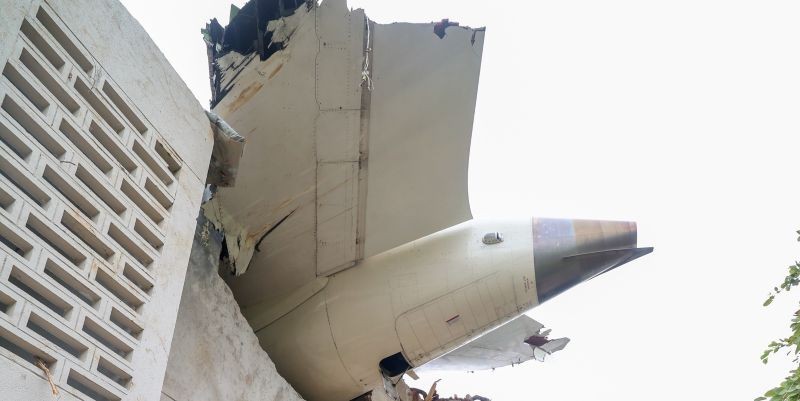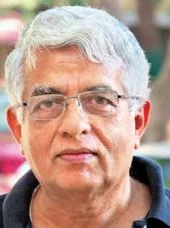
A leading aviation safety expert has claimed that the Air India flight crash in Ahmedabad on June 12 was a result of deliberate human action.
His claim has suggested for the first time the possibility of a pilot-induced crash.
Speaking to NDTV, Captain Mohan Ranganathan, one of India’s leading aviation experts, has pointed to the sequence of fuel cutoff switches and cockpit audio to suggest that the crash may have stemmed from deliberate actions taken in the cockpit, potentially even suicide.

When the news channel asked him if one of the pilots intentionally switched off the fuel, fully aware that doing so could cause a crash, Captain Ranganathan said, “Absolutely.”
“It has to be manually done,” Captain Ranganathan told NDTV when asked if there is any way fuel can be shut off to the engines of the Dreamliner.
“It cannot be done automatically or due to a power failure because the fuel selectors are not the sliding type. They are designed to stay in a slot, and you have to pull them out to move them up or down. So, the possibility of inadvertently moving them to the ‘off’ position doesn’t arise. It’s definitely a case of deliberate manual selection to move it to ‘off’,” he said.
Air India preliminary investigation report
He made the claims at a time when the preliminary investigation conducted by India’s Aircraft Accident Investigation Bureau, or AAIB, on the June 12 Air India Boeing 787 flight crash has revealed that both engines of the plane had shut down mid-air within seconds of take-off.
The report said: “The aircraft achieved the maximum recorded airspeed of 180 Knots IAS at about 08:08:42 UTC and immediately thereafter, the Engine 1 and Engine 2 fuel cutoff switches transitioned from RUN to CUTOFF position one after another with a time gap of 01 sec. The Engine N1 and N2 began to decrease from their take-off values as the fuel supply to the engines was cut off.”
Pilots and their confusion
The report mentioned the cockpit voice recording showed one of the pilots is heard asking the other, ‘why did he cutoff’.
“The other pilot responded that he did not do so,” the report said.
The report further said: “As per the EAFR, the Engine 1 fuel cutoff switch transitioned from CUTOFF to RUN at about 08:08:52 UTC. The APU Inlet Door began opening at about 08:08:54 UTC, consistent with the APU Auto Start logic. Thereafter at 08:08:56 UTC the Engine 2 fuel cutoff switch also transitions from CUTOFF to RUN.”
The report further said: “When fuel control switches are moved from CUTOFF to RUN while the aircraft is inflight, each engines full authority dual engine control (FADEC) automatically manages a relight and thrust recovery sequence of ignition and fuel introduction.”
“The EGT was observed to be rising for both engines indicating relight. Engine 1’s core deceleration stopped, reversed and started to progress to recovery. Engine 2 was able to relight but could not arrest core speed deceleration and re-introduced fuel repeatedly to increase core speed acceleration and recovery. The EAFR recording stopped at 08:09:11 UTC,” the report mentioned, sharing details about the aviation tragedy that left India shocked.
The June 12 incident marked one of the worst aviation mishaps recorded in India’s history.
The report indicated that no immediate evidence was found that suggested there was a possible sabotage angle to the mishap.
Germanwings flight crash
On March 24, 2015, Germanwings Flight 9525 departed from Barcelona and was supposed to land in Düsseldorf.
However, investigators found co-pilot Andreas Lubitz, who had reportedly fought depression, deliberately flew the plane into a mountainside, killing all 150 people on board.


